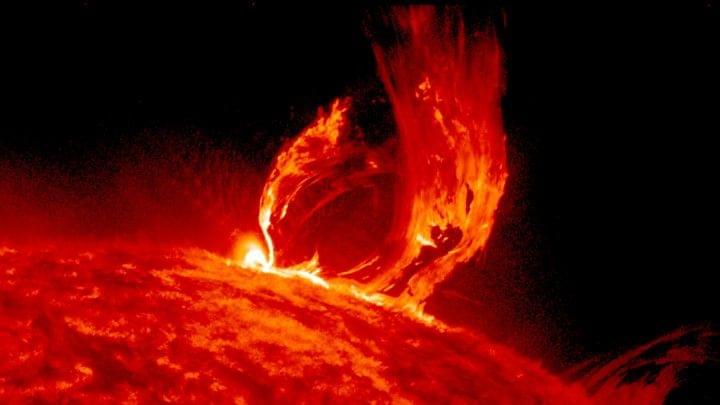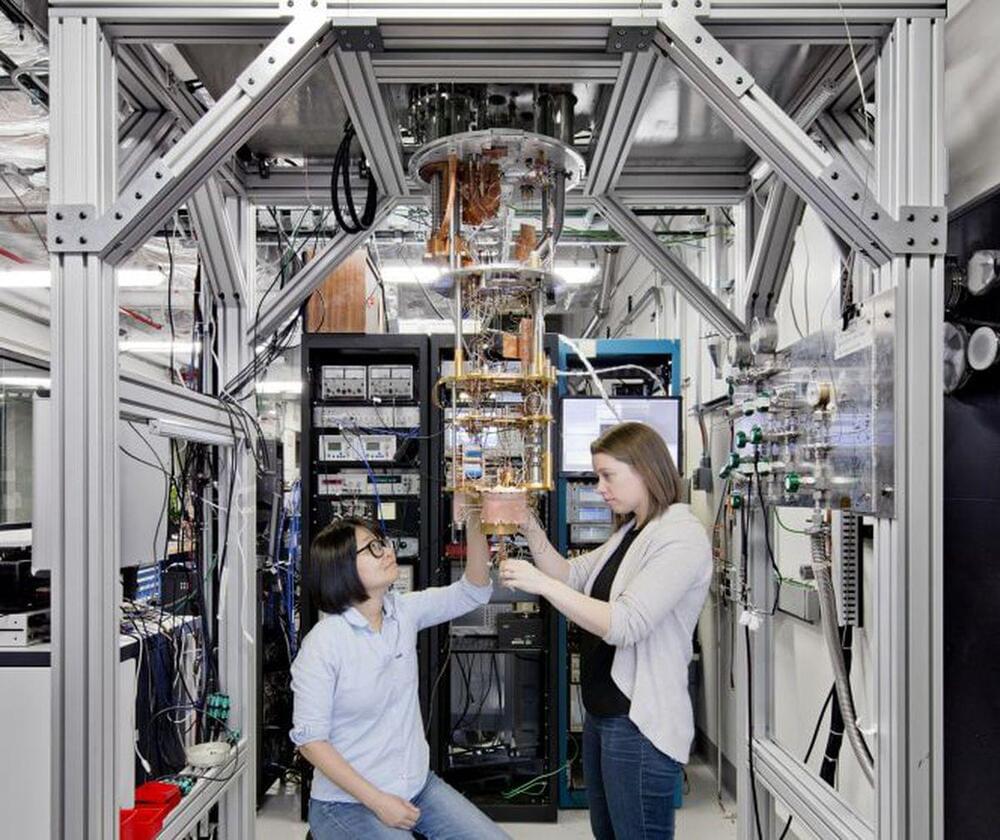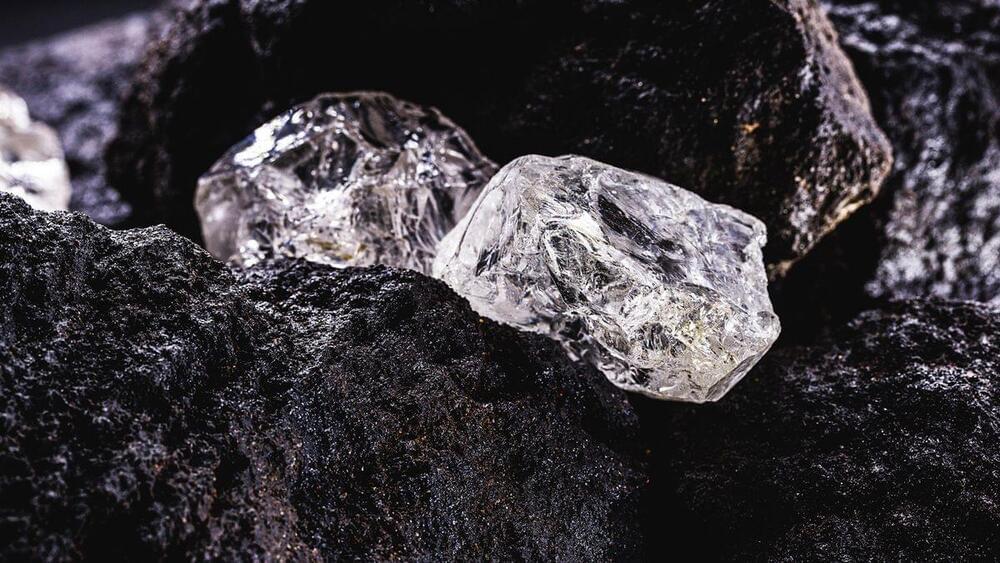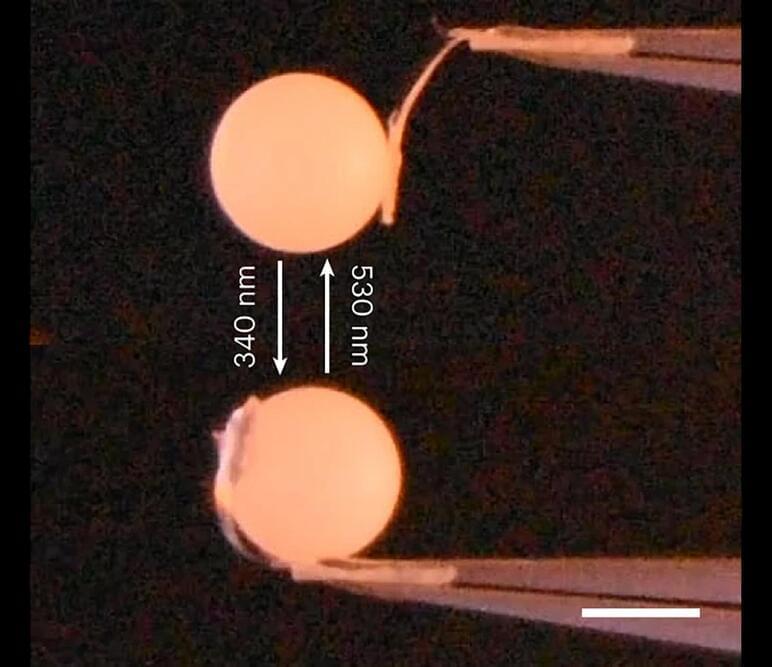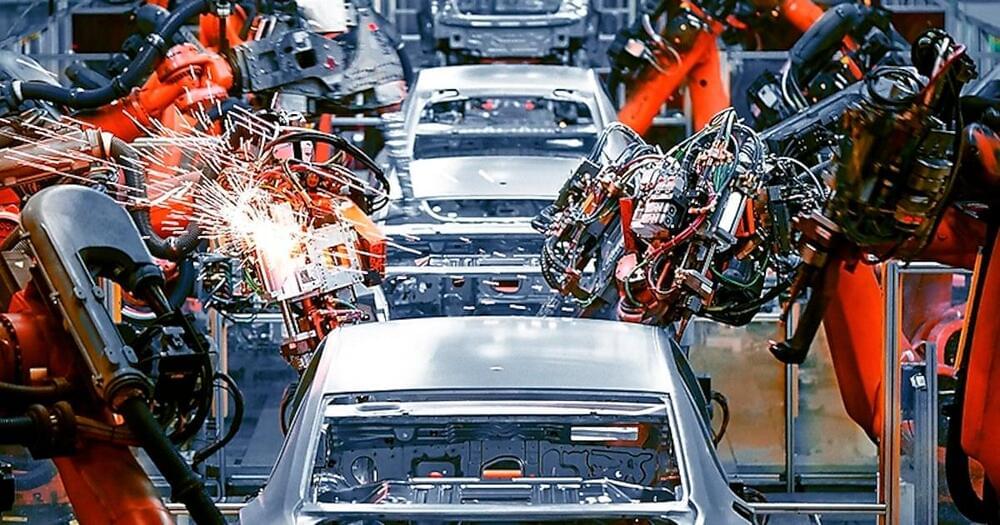The Aspen Proposal provides a description of a sustainable human civilization 200 — 500 years in the future. This is a goal that will focus our efforts, allow us to backcast and provide hope for those working for change.
Page 1626
Aug 21, 2023
Massive solar explosion felt on Earth, the moon and Mars simultaneously for the 1st time ever
Posted by Arthur Brown in category: space
Instruments in different parts of the solar system all captured radiation from the same coronal mass ejection for the first time ever.
Aug 21, 2023
‘Classic’ defeats quantum: with the use of conventional computing, two teams surpass IBM’s groundbreaking 127 qubit processor
Posted by Paul Battista in categories: computing, quantum physics
Simulations utilizing ‘modest computational systems’ have achieved equivalent results as the technology multinational, just weeks after the milestone was published in the journal ‘Nature’
Aug 21, 2023
VR in the OR: Virtual Reality Reduced Need for Sedation During Hand Surgery
Posted by Omuterema Akhahenda in categories: biotech/medical, virtual reality
In a novel attempt to reduce the risks of over sedation, physician-scientists at Beth Israel Deaconess Medical Center (BIDMC) conducted a randomized controlled trial to determine whether virtual reality immersion can minimize the need for sedatives during hand surgery without negatively impacting patient satisfaction. The team studied adults undergoing hand surgery who were randomized to receive either Virtual Reality (VR) immersion during the procedure in addition to usual MAC, or usual MAC alone. They found that VR immersion during hand surgery led to significant reductions in sedative doses as well as post-operative lengths of stay in the post anesthesia care unit (PACU). Their work is published in PLOS ONE.
BIDMC researchers conducted a randomized controlled trial that found virtual reality immersion during hand surgery reduced the need for sedatives.
Aug 21, 2023
Fountains of diamonds erupt from Earth’s center as supercontinents break up
Posted by Omuterema Akhahenda in category: climatology
Dan Breeden first posted about this, but this is intresting. I love this as I theorized the same, when there was geological activity in Kenya’s Rift, however I had no science to back up my beliefs. Thanks Dan for your post. (Reposted Information from another source)
Researchers noticed that kimberlites occur most often during times when the tectonic plates are rearranging themselves in big ways, Gernon said, such as during the breakup of the supercontinent Pangaea. Oddly, though, kimberlites often erupt in the middle of continents, not at the edges of breakups — and this interior crust is thick, tough and hard to disrupt.
Researchers have discovered a pattern where diamonds spew from deep beneath Earth’s surface in huge, explosive volcanic eruptions.
Continue reading “Fountains of diamonds erupt from Earth’s center as supercontinents break up” »
Aug 21, 2023
Discovery Unlocks Terahertz Technology for Quantum Sensing
Posted by Paul Battista in categories: mobile phones, quantum physics
Metal oxide’s properties could enable a wide range of terahertz frequency photonics.
Visible light is a mere fraction of the electromagnetic spectrum, and the manipulation of light waves at frequencies beyond human vision has enabled such technologies as cell phones and CT scans.
Rice University researchers have a plan for leveraging a previously unused portion of the spectrum.
Aug 21, 2023
Light-responsive nanocrystal array lifts 10,000 times its own mass
Posted by Omuterema Akhahenda in categories: chemistry, engineering, physics, transportation
Researchers have developed a novel material using tiny organic crystals that convert light into a substantial mechanical force able to lift 10,000 times its own mass. Without the need for heat or electricity, the photomechanical material could one day drive wireless, remote-controlled systems that power robots and vehicles.
Photomechanical materials are designed to transform light directly into mechanical force. They result from a complex interplay between photochemistry, polymer chemistry, physics, mechanics, optics, and engineering. Photomechanical actuators, the part of a machine that helps achieve physical movements, are gaining popularity because external control can be achieved simply by manipulating light conditions.
Researchers from the University of Colorado, Boulder, have taken the next step in the development of photomechanical materials, creating a tiny organic crystal array that bends and lifts objects much heavier than itself.
Aug 21, 2023
First generation of zero-carbon emission aircraft needs hydrogen technologies by 2025
Posted by Omuterema Akhahenda in categories: government, sustainability, transportation
Led by the Aerospace Technology Institute (ATI) and backed by the UK government, FlyZero has concluded that green liquid hydrogen is the optimum fuel for zero-carbon emission flight and could power a midsize aircraft with 280 passengers from London to San Francisco directly, or from London to Auckland with just one stop.
FlyZero, the UK study into zero-carbon emission commercial air travel, has published its vision for a new generation of aircraft powered by liquid hydrogen, today Thursday 17th March.
The report “Our Vision for Zero-Carbon Emission Air Travel” marks the conclusion of a 12-month study which set out to consider the feasibility of zero-carbon emission aircraft. The project concludes aviation can achieve net zero 2050 through the development of both sustainable aviation fuel (SAF) and green liquid hydrogen technologies.
Aug 21, 2023
The Universe’s Humming Riddle: Groundbreaking Research Uncovers Clues to Its Source
Posted by Dan Breeden in categories: physics, space
The universe is not static or silent, as is commonly believed. It moves, expands and… vibrates. And this is where gravitational waves play an important role: tiny ripples in the fabric of space and time that occur when massive objects accelerate or collide.
Gravitational waves are generally very difficult to detect because they are usually very short and weak, and get lost in the background noise of the universe.
For this reason, until now only some of them have been captured with very sensitive instruments such as the Laser Interferometer Gravitational-Wave Observatory (LIGO), which measures the distortions caused by the waves in two laser light beams separated by kilometers.

